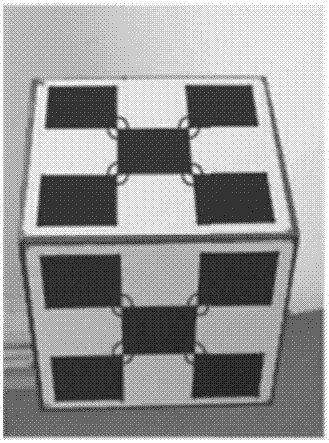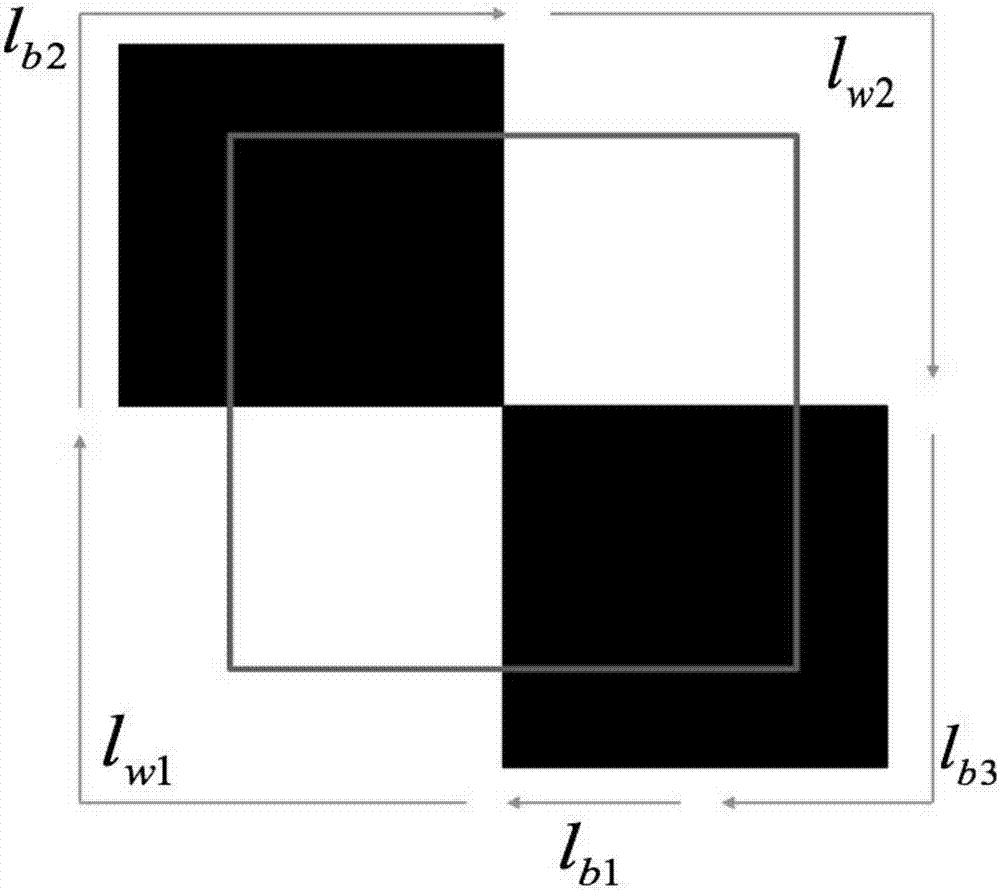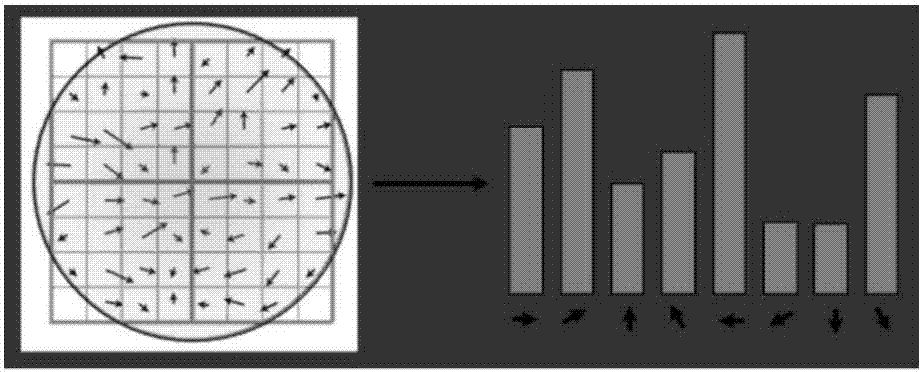Depth information extraction-based wall flatness detection method
A technology of depth information and detection method, applied in the field of binocular vision, can solve the problems of expensive equipment, prone to mismatching, poor intuition of image structure, etc., to achieve the effect of high accuracy, guaranteed accuracy, and easy operation
- Summary
- Abstract
- Description
- Claims
- Application Information
AI Technical Summary
Problems solved by technology
Method used
Image
Examples
Embodiment Construction
[0040] In order to make the purpose, technical solution and advantages of the present invention clearer, the present invention will be further described in detail below in conjunction with the implementation methods and accompanying drawings.
[0041] A method for detecting wall surface flatness based on depth information extraction of the present invention specifically includes the following steps:
[0042] Step 1: Use the checkerboard calibration method to obtain the internal and external parameters of the binocular camera used for wall detection:
[0043] 101: Make a checkerboard: use an asymmetrical checkerboard with a size of 20mm*20mm, 20 rows and 26 columns.
[0044] 102: Collecting images: Use the left and right cameras to take 20 pictures about the checkerboard. Each picture should contain all the checkerboards, and the positions of the checkerboards are different. It is best to have a certain inclination.
[0045]103: Image grayscale: Because the pictures collected ...
PUM
 Login to View More
Login to View More Abstract
Description
Claims
Application Information
 Login to View More
Login to View More - R&D
- Intellectual Property
- Life Sciences
- Materials
- Tech Scout
- Unparalleled Data Quality
- Higher Quality Content
- 60% Fewer Hallucinations
Browse by: Latest US Patents, China's latest patents, Technical Efficacy Thesaurus, Application Domain, Technology Topic, Popular Technical Reports.
© 2025 PatSnap. All rights reserved.Legal|Privacy policy|Modern Slavery Act Transparency Statement|Sitemap|About US| Contact US: help@patsnap.com



